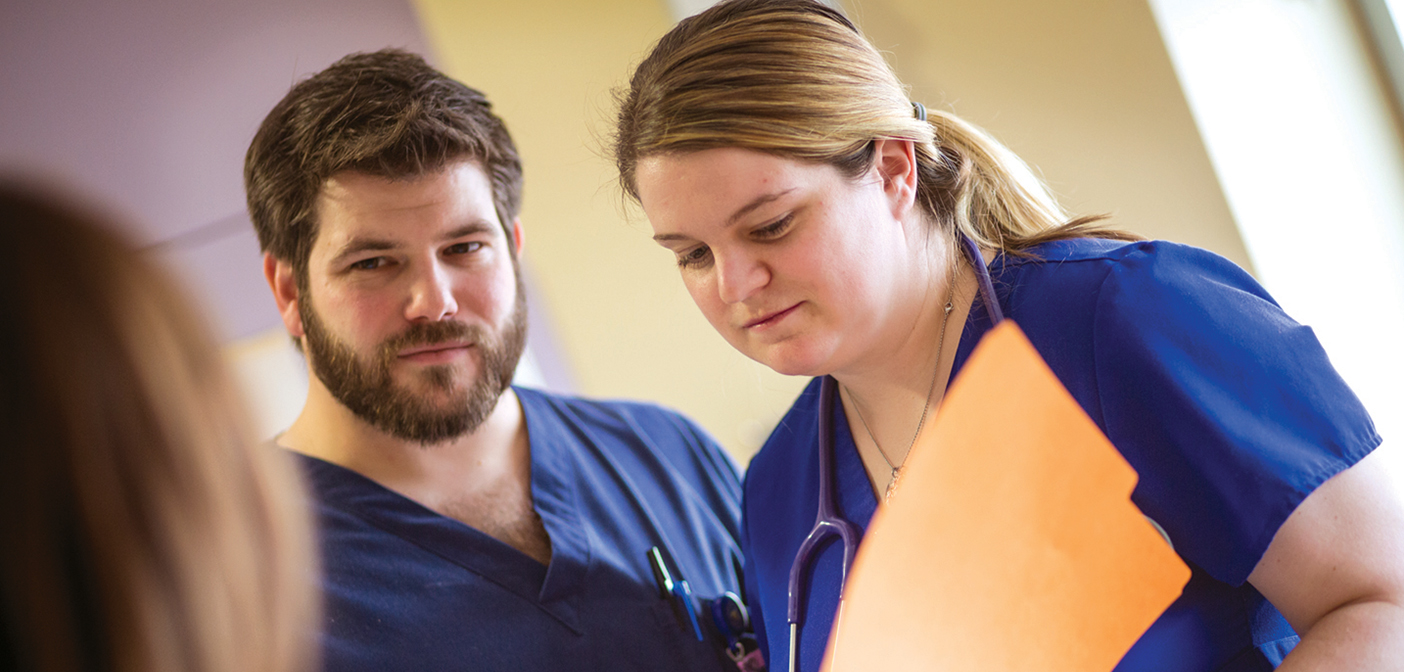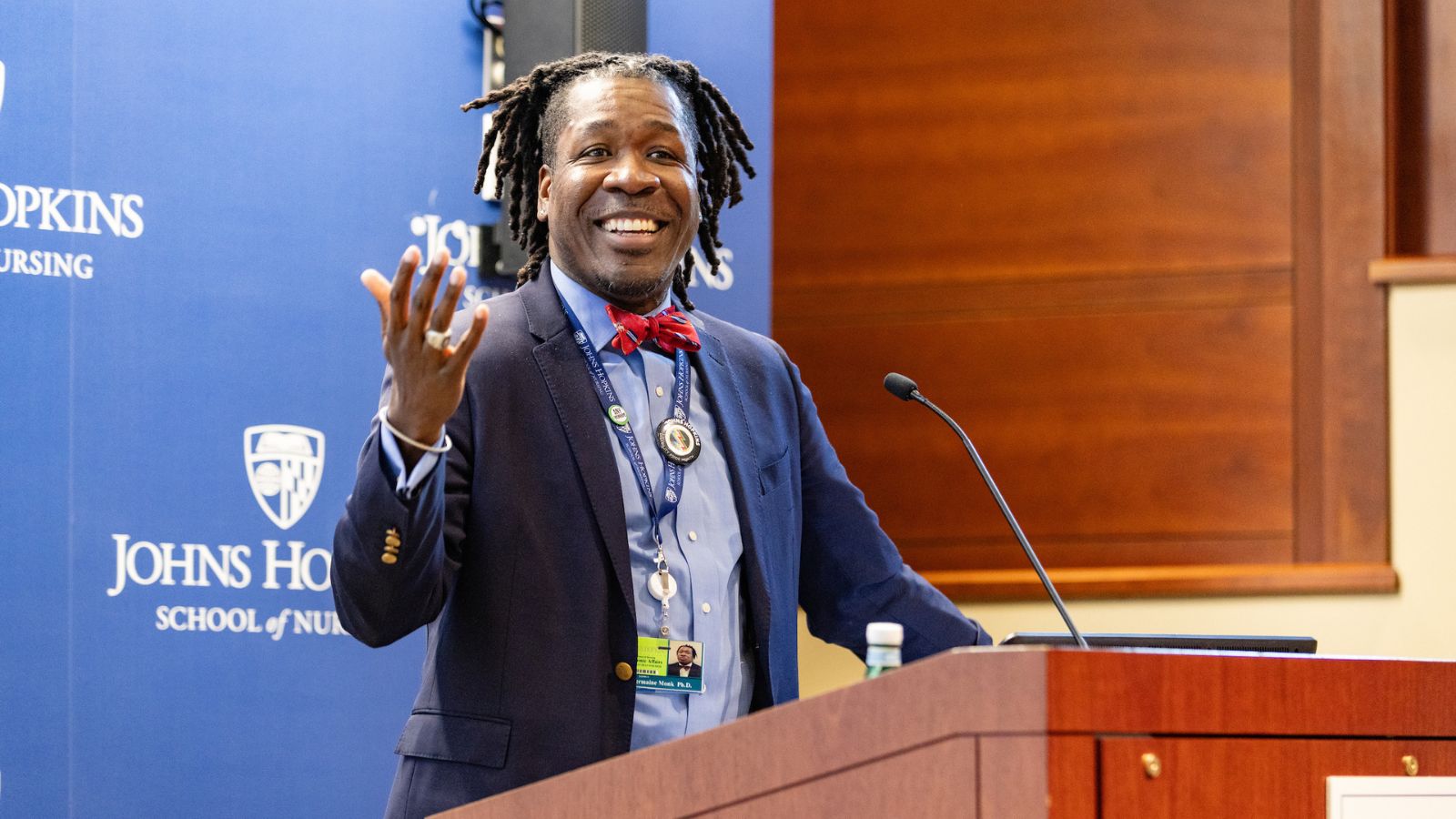At Howard County General, a nurse-patient education plan ensures that the takeaway is a proper understanding of meds

Photo by Chris Hartlove
When patients are headed out the door with anywhere from one to more than a dozen new medications, it’s crucial that they understand proper usage and precautions to prevent bad reactions or even readmittance. At Howard County General Hospital (HCGH), nurses are making that take-home message count through a program called Teach 3.
For Debbie Fleischmann, MPH, RN, director of education and professional development at HCGH, a suspicion that medication communications were not being delivered as clearly as they could be was confirmed by the results of a December 2013 inpatient Consumer Assessment of Healthcare Providers and Systems (CAPHS) survey. Among discharged patients, only 43 percent said they had discussed their medications’ potential side effects with members of the medical team and another 23 percent reported they’d never had such a conversation at all.
“Lots of our nurses do talk to patients about their medications,” Fleischmann says, adding that there can be numerous obstacles to true comprehension. “Patients can be sick, tired, in pain, anxious, fearful, upset.” There are also language barriers and challenges associated with an aging population.
So Fleischmann and her team created Teach 3, an education and communication program to improve nurse instructions, increase patient understanding, and lower readmissions. It started at HCGH in spring 2014 in the medical/surgical unit, whose patients tend to leave with the most medications.
In Teach 3, nurses learn three key points to make. “The first is the name of medication, second is what it’s for, and third are [potential] side effects,” says Fleischmann.
Patients are asked to relay the information back to determine how quickly and clearly they comprehend.
“I think the consistent teaching that we do and then the patients’ talking back to us about what we taught them really helps us know that they understand the medications they’re going home on,” says Caroline Bean, RN.
In particular, Charles Dammers, RN, who works with Bean in orthopedics (both are pictured above), notes, “Sometimes we have to give patients DVT prophylactics [which prevent blood clots but can have serious side effects]. We do a fair amount of teaching.”
Fleischmann’s team also created cheat sheets, laminated cards that aid nurses’ memory of key points in about 10 drug categories. “There are so many medications out there, plus medications changing all the time,” she says.
In a fairly short time the program has seen improvement in medication education scores. As for costs? The price of laminating the quick cards. “We spent a little money,” Fleischmann explains, “but that’s not very much for the gain: helping nurses help their patients and a good response from patients that they better understand their medication(s).”

 Forging Policy: How Can Doulas Improve Black Maternal Health?
Forging Policy: How Can Doulas Improve Black Maternal Health? Q & A With Forensic Nurse, Michelle Patch
Q & A With Forensic Nurse, Michelle Patch You’re Welcome
You’re Welcome Dr. Robert Atkins, Anna D. Wolf Endowed Professor
Dr. Robert Atkins, Anna D. Wolf Endowed Professor Forging Policy: Associate Dean Jermaine Monk and Education After Affirmative Action
Forging Policy: Associate Dean Jermaine Monk and Education After Affirmative Action






